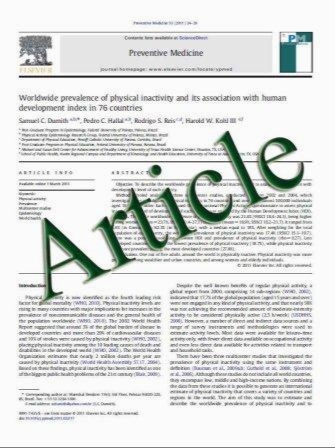Use of a Cardioselective Beta-Blocker for Pediatric Patients With Prolonged QT Syndrome
- نوع فایل : کتاب
- زبان : انگلیسی
- مؤلف : Jose M. Moltedo • Jeffrey J. Kim • Richard A. Friedman • Naomi J. Kertesz • Bryan C. Cannon
- چاپ و سال / کشور: 2011
Description
The data on the efficacy of atenolol for long- QT syndrome (LQTS) are controversial. This study aimed to evaluate the efficacy of atenolol for pediatric patients with LQTS. A retrospective observational study investigating all patients who had LQTS treated with atenolol at two institutions was performed. The study identified 57 patients (23 boys and 34 girls) with a mean QT corrected for heart rate (QTc) of 521 ± 54 ms. The mean age of these patients at diagnosis was 9 ± 6 years. Their clinical manifestations included no symptoms (n = 33, 58%), ventricular tachycardia (n = 10, 18%), syncope (n = 6, 10%), resuscitated sudden cardiac death (n = 4, 7%), atrioventricular block (n = 2, 4%), and bradycardia or presyncope (n = 2, 3%). Of the 57 patients, 13 (22%) had a family history of sudden death. The follow-up period was 5.4 ± 4.5 years. Atenolol at a mean dose of 1.4 ± 0.5 mg/ kg/day was administered twice a day for all the patients. The mean maximum heart rate was 132 ± 27 bpm on Holter monitors and 155 ± 16 bpm on exercise treadmill tests, with medication doses titrated up to achieve a maximum heart rate lower than 150 bpm on both tests. During the follow-up period, one patient died (noncompliant with atenolol at the time of death), and the remaining patients had no sudden cardiac death events. Four patients (8%) had recurrent ventricular arrhythmias, three of whom received an implantable cardioverter defibrillator (all symptomatic at the time of diagnosis). For three patients (6%), it was necessary to rotate to a different beta-blocker because of side effects or inadequate heart rate control. Atenolol administered twice daily constitutes a valid and effective alternative for the treatment of pediatric patients with LQTS.
Pediatr Cardiol (2011) 32:63–66 DOI 10.1007/s00246-010-9819-1 Received: 8 July 2010 / Accepted: 22 September 2010 / Published online: 20 October 2010


